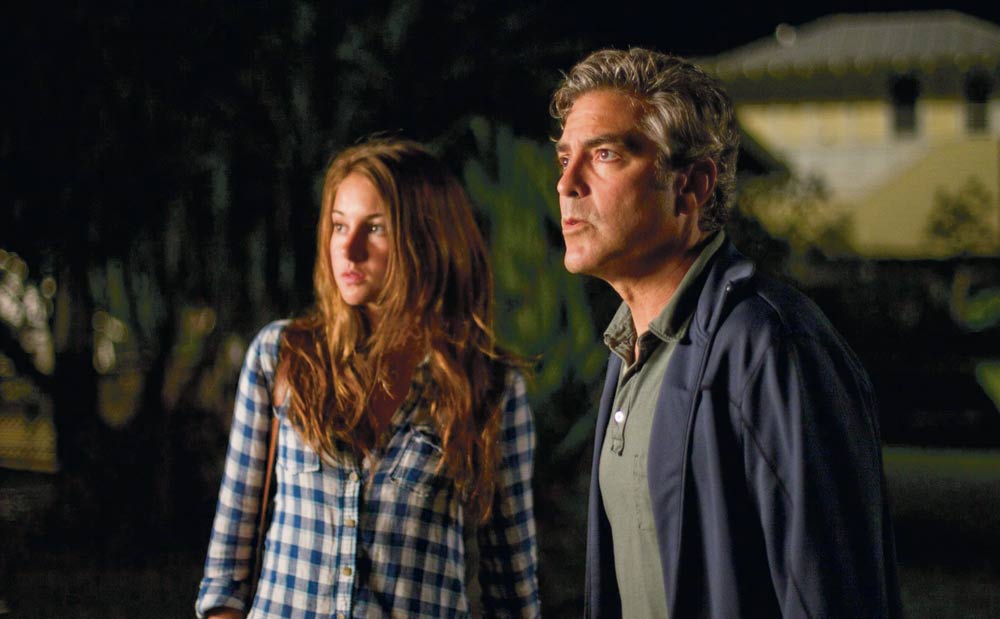Malaysia
Bangin Bangsar
New neighborhoods come and go in rapidly expanding KL, but despite the rise of upscale rival Solaris Mont Kiara, we still find ourselves drawn back to grungy Bangsar. Partly it’s for the leafy streets, partly for the laid-back residential vibe and partly for the two-story shophouses that double as family homes. Add to that the sheer (and ever-changing) range of food, drink and young designer boutiques on offer, this area feels more like a hip suburb in Sydney than an enclave of KL.
 EAT
EAT
Antipodean Cafe
20 Jalan Telawi 2, +603 2282-0411.
This modern Kiwi/Australian-style cafe uses the very best coffee blends produced by Indonesian-based franchise Merdeka Coffee. They back it up with a solid menu of brunch/breakfast classics in a simple café setting. The buzz does mean it can be hard to get a seat.
Chawan
69-G Jalan Telawi 3, +603 2287-5507.
Half coffee specialist, half upmarket mamak (the Malay equivalent of a street-side 24-hour diner), Chawan has a devoted crowd who come for the impressive range of coffee and affordable traditional Malay menu. For a light snack, try the Keropok Lekor, a popular doughy finger food. To wash it down, order kopi hang tuah, Penang’s regional rocket fuel.
El Meson Espanol
61-63 Jalan Telawi 3, +603 2282-8290, www.elmeson.com.my.
A bar vibe, thanks to a vibrant color scheme and quirky touches, make this place a good spot to enjoy the decent wine menu while snacking on small plates and hearty Spanish classics like rabbit stew and Iberico cheeks.
F by Buffalo Kitchens
69-1 Jalan Telawi Tiga, +603 2201-9307.
Head up the graffiti-covered wooden stairs to find this very contemporary French/Italian eatery, with an eco-touch (they use recycled furniture and flooring). They make all their own sauces and have a very impressive wine list. We love the large open kitchen and the great vantage point offered by the al fresco balcony.
Les Deux Garcons
36 Jalan Telawi, +603 2284-7833, www.lesdeuxgarcons.com.my.
If you’re into exquisite-looking patisseries then this is the place to go. Only open a couple of months, the wonderfully understated little store has a very chic atmosphere and a beautiful selection of desserts, such as its best-selling macaroons.
The Social@Bangsar
57-59 Jalan Telawi 3, +603 2282-2260, www.thesocial.com.my.
Favoured for its al fresco seating out on the terrace and laid-back ambiance, this local hot spot is at its best on lazy Sunday mornings and after work. It has a good choice of imported beers and an Asian/international mix of gastropub-style grub.
Plan B
Bangsar Village 1, G5, Ground Floor No. 1, Jalan Telawi, www.thebiggroup.co/planb.
Currently the hippest spot in the hood, Plan B is a modern coffee shop cum bar and deli. Good bistro-style food, big sofas, a nice outdoor terrace and a seasonal selection of single-origin beans make this a top spot to hang out at.
Nirawa Banana Leaf
43 Jalan Telawi 3, +603-2287-8445.
A nondescript shophouse where hungry punters enjoying the authentic Indian and Penang-style fare always overflow into the street. Don’t miss the dishes served on banana leaves (fried fish, crab, chicken and more) which are eaten with hands and come with additional refills.
 SHOP
SHOP
Ben’s General Food Store
Bangsar Village 1, Ground Floor, Jalan Telawi. +603 2284-8790, www.thebiggroup.co/bgfs.
While the classy all-white bistro, with its fresh pastas and salads, is well worth a visit, we really love the food and drink store next door. From Wagyu beef and imported pasta to fresh olives and St. Agur blue cheese, this place is all about the best in imported and organic food.
CZipLee Book Store
No. 1 & 3 Jalan Telawi 3, www.cziplee.com.
In Bangsar since 1968, this bookstore recently moved out of its lovely original building to a larger premise just up the street. It’s still packed with a huge range of titles, especially non-fiction stuff like travel and cooking. The selection of stationery is just as impressive.
Pantry Magic
49 Jalan Telawi Tiga, +603 2201-1578, www.pantry-magic.com/kualalumpur.
Ok, we know that there are branches around Asia but they’re not in a beautiful terraced shop house with its own quaint country kitchen vibe. Inside, you can browse a huge range of high-end kitchen ware from copper pans to retro scales. The store also run occasional cooking classes if you want to learn how to use the stuff.
Juice
46/46-1 Jalan Telawi 5, +603 2283-5811, www.clotinc.com.
The KL branch of a chain out of HK, Juice is a long-term resident in the Bangsar community where it serves up urban fashion and sportswear by the likes of Nike, Converse and CLOT in an uber-cool showroom.
Blueberry Boutique
8 Jalan Tewi 4, +603 2283-1663
This tiny little store is easy to miss, but it’s worth hunting out, for fans of distinct vintage styles with a cute girly touch and lots of bright colors. It stocks a wide range of womenswear, from retro skirts and tailored dresses to shoes and bags.
Om Art
4G Jalan Telawi, +603 2201-9588
Another new arrival, this gallery space has been open for a little over six months. It has a specific focus on Chinese art featuring both local and Taiwanese artists.
Where to stay
Founded and designed by one of KL’s most renowned landscape artist Seksan, boutique guesthouse Sekeping Tenggiri is the hippest accommodation in Bangsar. Each room is individually conceptualized out of the original 1970’s bungalow, which has vertical gardens, a swimming pool and exposed brick walls for that touch of nostalgia. There is even an art gallery located within, featuring works of contemporary Malaysian and Thai artists to add to the arty vibe. RM200 ($80) upwards.
48 Jalan Tenggiri, +603 7207-5977. Call or log on www.tenggiri.com to book.
South Korea
Seoul Secrets
South Korea’s capital is a hard nut to crack, travel-wise. For visitors, it can be difficult to gain insider-level intel on the city’s ultra-hip world of trendy cafés, boutiques and artsy spaces—not to mention hard-to-find restaurants with untranslated menus. With these nifty suggestions, you can explore town just that little bit more like a local.
 EAT
EAT
Bukchon Kalguksu
84 Sogyeok-dong, Jongro-gu, +82 2739-6334.
The specialty here is wang mandoo guk—literally, giant dumpling soup. At the front of the restaurant, a team of veteran chefs with hands like lightning stuff, fold and crease doughy pockets of goodness.
Bulzip Samgyeopsal
817-28 Yeoksam-dong, Gangnam-gu, +82 2 3452-7273, www.bulzip.co.kr.
Enjoy some top-notch soju and BBQ pork belly at this lively watering hole.
Daedo Sikdang
150-7 Samseong 1-dong, Gangnam-gu, +82 2 5612-2834.
Fill up on authentic Korean steak, barbecued simply with garlic and cabbage on a burner right at the center of the table. The high-quality rib-eye (from cows raised in Korea, of course) is the star of the show. It isn’t cheap. But it’s delicious—even more so when the waiter makes kkakdugi (white-radish kimchi) fried rice in the same pan used to cook the beef.
Kkanbu Chicken
809-6 Yeoksam-song, Gangnam-gu, +82 2557-6460, www.kkanbu.co.kr.
Stop by for the quintessential Korean late-night meal of fried chicken, fries and beer.
Sigol Babsang
549-9 Sinsa-dong, Gangnam-gu, +82 2546-1567.
A restaurant serving traditional Korean fare just off of Garosu-gil, a trendy street that by day is great for shopping, people-watching and latte-sipping. Relax atop cushions on a raised platform against walls lined with old newspapers and feast on bulgogi, kimchi pancakes, bean-paste soup, egg soufflé (less weird and more yummy than it sounds) and an army of banchan (little side dishes).
Yubyulnan
75-1 Taeyoung Building #102, Insa-dong, Jongro-gu.
This small restaurant serves up delicious ddeokbokki, a favorite spicy street food made of sliced rice cakes, noodles and egg.
 DO
DO
Hongdae Weekend Market
564-35 Yeonnam-dong, Mapo-gu, +82 2325-8553. www.freemarket.or.kr.
Amid throngs of students and creative types, local artisans sell crafty goods from cutesy jewelry to hand-drawn postcards to sophisticated leather credit-card holders.
 SHOP
SHOP
APM Luxe
199-17 Sindang-dong, Jung-gu, +82 2 2231-0936.
This place sells the type of clothes and accessories stocked by boutiques across Seoul, except at bargain prices.
Kyobo
B1-B2/F, 1303-22 Seocho 4-dong, Seocho-gu, +82 2 1544-1900, www.kyobobook.co.kr.
Stock up on artsy Korean stationery at this top-notch bookstore.
O’Sulloc
170 Gwanhoon-dong, Jongro-gu, +82 2 2732-6427, www.osulloc.com.
This teahouse and store is part of a 33-year-old brand that harvests its leaves from fields on Jeju, a much-loved island off the country’s south shore.
Where to stay
Located at the secluded Mount Namsan, Banyan Tree Club & Spa Seoul has only 16 rooms and 16 suites so you’re sure to have plenty of privacy. Each room also has its own indoor relaxation pool. Plus, their Banyan Tree Spa boasts unique-to-this-location Korean treatments. KRW600,000 ($663) upwards.
San 5-5, Jang Chung-Dong 2-Ga Jung-Gu, +82 2 2250-8000. Book at www.banyantree.com.
Thailand
Brand New Bangkok
So you’ve been to Bangkok several times. But the food scene is now going through a bit of a revival—new openings such as Smith and Quince have brought industrial décor and the rustic/nose-to-tail trend to the city’s tables, not to mention the handful of elegant Isaan restaurants that just popped up. And let’s not forget the happening neighborhoods in Bangkok tucked deep into the side streets or sois, with exciting art spaces and funky shops at Sukhumvit Road. Be surprised at what you can find here.
 EAT
EAT
Quince
Sukhumvit Soi 45, +66 2662-4478, www.quincebangkok.com.
Quince’s Aussie chef Jess Barnes serves fresh, simple and well-executed dishes with Mediterranean influences and an eye to sustainability. The décor here is country-classic’industrial wood and steel with plenty of ceiling space.
Smith
1/8 Sukhumvit Soi 49, +66 2261-0515/6.
Located in what used to be a former furniture warehouse, this serves a meat-heavy menu that celebrates less popular cuts and locally sourced produce. Expect dishes like tuna, braised pig tail and foie gras torchon with rosemary, citrus and peas, and verjus-glazed pork belly.
Somtam Der
5/5 Saladaeng Rd., +66 2632-4499.
A stone’s throw from the city’s main gayborhood on Silom Road, this restaurant cranks out rare variations of somtam (papaya salad), such as the somtam sua Sakon Nakhon, which comes with freshwater crab and keratin beans, and the somtam pla tu khao man, which includes mackerel and is served with a side of rice cooked in coconut milk. We’re also excited by their martinis: made by infusing vodka with lemongrass or roselle, they pack quite a punch.
Thai Lao Yeh
14/29, Sukhumvit Soi 45, +66 2 2592-8713.
Sample some authentic regional cuisine, such as classic Isaan, Northern and Laotian dishes, at Cabochon Hotel’s in-house restaurant.
The Local
32-32/1 Sukhumvit Soi 23, +66 2 6643-3601.
Chef and co-owner Can Markawat focuses on authentic local dishes and regional products cooked according to hard-to-find recipes. Tuck into a gaeng run juan (beef in spicy herbal soup) from the Rama Vera or try out the pla paak nam (seafood in red curry paste), a recipe taken from Siam’s first cookbook, Mae Krua Hua Pa. They’re all served in a beautiful hundred-year-old house whose individual rooms take their inspiration from various regions.
Water Library Thonglor
G/F, The Grass, Thonglor Soi 12, +66 2 7149-2923, www.mywaterlibrary.com.
For B6,600 ($264), you get to enjoy a set 12-course menu that changes with the seasons but always includes plenty of imported delicacies and modern/molecular touches. Downstairs, mixologist Mirko Gardellino’s personalized cocktails and the sexy, darkly-lit wine bar give you the perfect excuse need to stick around after dinner.
 SHOP
SHOP
Asiatique
2194 Charoenkrung Rd., +66 2108-4488, www.thaiasiatique.com.
It’s touristy (although packed with locals), it’s brand new (but strangely nostalgic) and despite its riverside location, it pretty much replaces the much missed Suan Lum Night Bazaar that used to be by Lumpini. With a panoramic waterfront and a 100-year old refurbished sawmill, it includes over 1,500 boutiques stocked with souvenirs, fashion, bars and restaurants. The gigantic venue is also home to the Joe Louis Puppet Theater and the transgender extravaganza Calypso Bangkok.
Casa Pagoda
4 Sukhumvit Soi 45, +66 2258-1917, www.casapagoda.com.
For retro furnishings, look no further than elegant home décor boutique Casa Pagoda. The 6000 sq. meter space packs country-style furniture and vintage products ranging from glass soda water dispensers to hemp rugs.
Talad Rot Fai
Kampaengpetch Rd., +66 8 1920-3972.
For something a little bit grittier, Talad Rot Fai (the train market) packs cheap vintage finds ranging from USA license plates to old Thai ads. It’s also just a cool place to hang out and grab a beer, thanks to the collection of hip kids who gather here to pick up old radios, parts for their ’70s automobiles or retro furniture from the converted old warehouse.
ZudRangMa Records
7/1 Sukhumvit Soi 51, +66 08 8891-1314, www.zudrangmarecords.com.
This vinyl record store delivers a heady mix of Isaan country music, such as Luk Thung and Molam. Here, you can also find world music ranging from Jamaican and African to soul and reggae.
 DO
DO
Rock Around Asia
5/3 Sukhumvit Soi 45, +66 2662-7604, www.rockaroundasia.com.
At this art gallery, you can shop for travel photography, local pop art and sculptures. There’s also an open-air rooftop cinema promoting classics, indie productions and documentaries. They even organize cooking classes and “off the beaten track” walks around Bangkok.
Opposite
27/1 Sukhumvit Soi 51, +66 2662-6330, oppositebangkok.com.
Drop by this renovated mid-20th century-style shophouse, which plays host to stimulating art, music and dining events.
WTF Gallery & Café
7 Sukhumvit Soi 51, +66 2662-6246, wtfbangkok.com.
Arty souls looking for a low-key, retro hangout would like this hybrid bar, where gigs, art exhibitions and poetry nights take place and stiff cocktails are served.
Where to stay
Located by Chao Phraya river, The Siam is a 39-room luxury Bangkok riverside resort where traditional Siamese architecture meets Art Deco style. The hotel is packed to the rafters with an impressive collection of antiques belonging to local celebrity Krissada Sukosol Clapp, while the elegant teak pavilions used for in-house restaurant Chon were originally sourced by Thai silk king Jim Thompson. B16,300 ($654) upwards.



















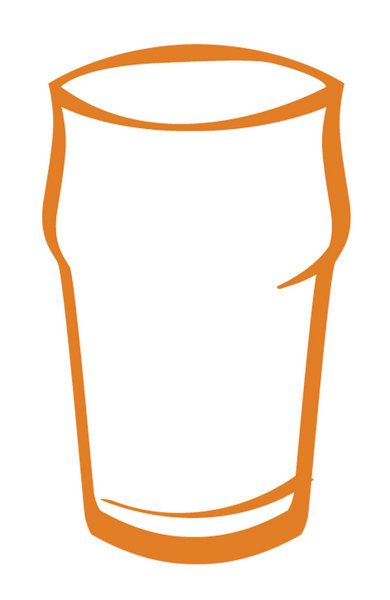 Richer and more complex in texture than lager, it has more hops and other added ingredients, which lends it more bitterness and often a slightly fruitier taste. Ale is also best served at a warmer temperature than lager to enhance its aromatic complexity.
Richer and more complex in texture than lager, it has more hops and other added ingredients, which lends it more bitterness and often a slightly fruitier taste. Ale is also best served at a warmer temperature than lager to enhance its aromatic complexity.  Perhaps the most popular and prevalent types of beers to be found in our fair city. Lagers are usually quite light and refreshing, with a slightly bitter aftertaste, while the carbonation means they are good at cleansing the palate.
Perhaps the most popular and prevalent types of beers to be found in our fair city. Lagers are usually quite light and refreshing, with a slightly bitter aftertaste, while the carbonation means they are good at cleansing the palate. 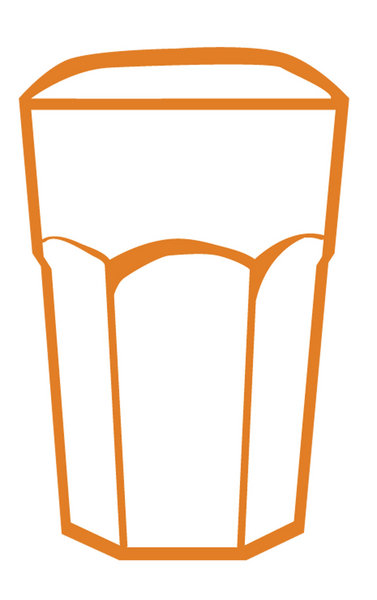 Wheat beers like the Bangkok favorite Belgium Hoegaarden manage to be both aromatic and refreshing. They often carry hints of citrus and coriander, with a strong yeasty aftertaste making them quite delicate flavor-wise.
Wheat beers like the Bangkok favorite Belgium Hoegaarden manage to be both aromatic and refreshing. They often carry hints of citrus and coriander, with a strong yeasty aftertaste making them quite delicate flavor-wise.  Most stouts will offer up a sweet initial hit before leaving you with a super bitter aftertaste. Many stouts have a complex series of flavors that can include hints of nut, coffee or chocolate.
Most stouts will offer up a sweet initial hit before leaving you with a super bitter aftertaste. Many stouts have a complex series of flavors that can include hints of nut, coffee or chocolate. 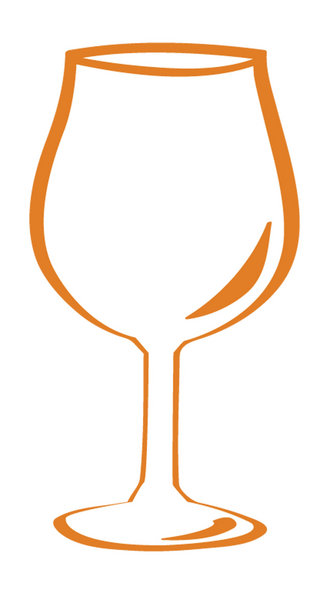 Very full-flavored, these light beers can be either very sweet or perversely quite sour. They can be treated as a good digestif to end a big meal.
Very full-flavored, these light beers can be either very sweet or perversely quite sour. They can be treated as a good digestif to end a big meal. 
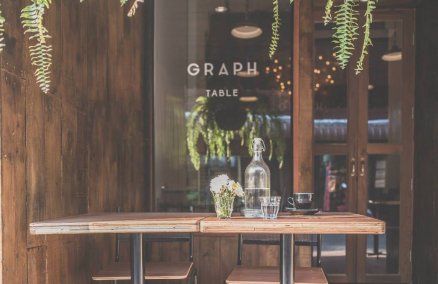



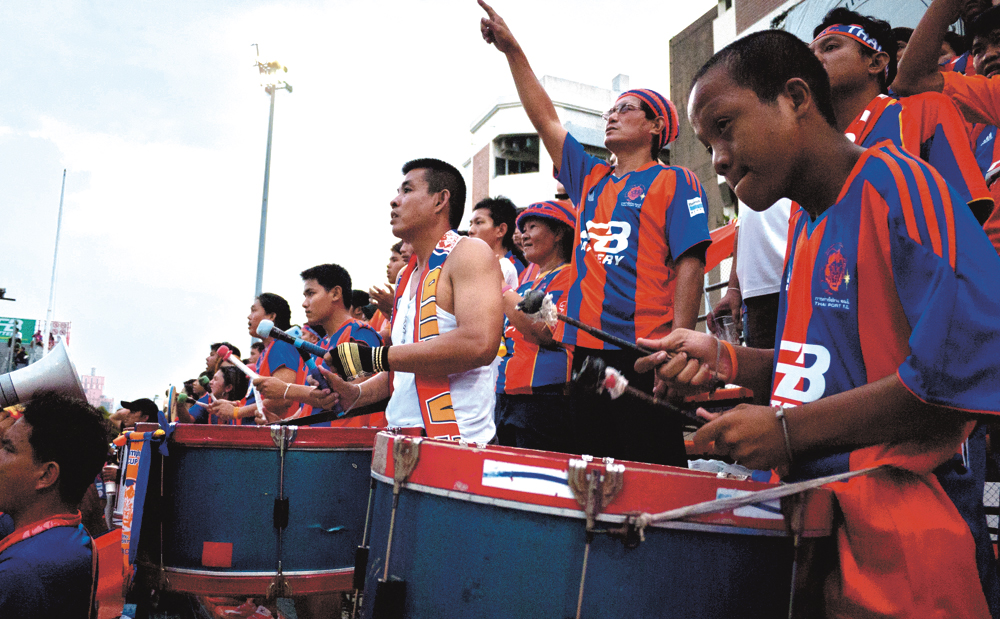
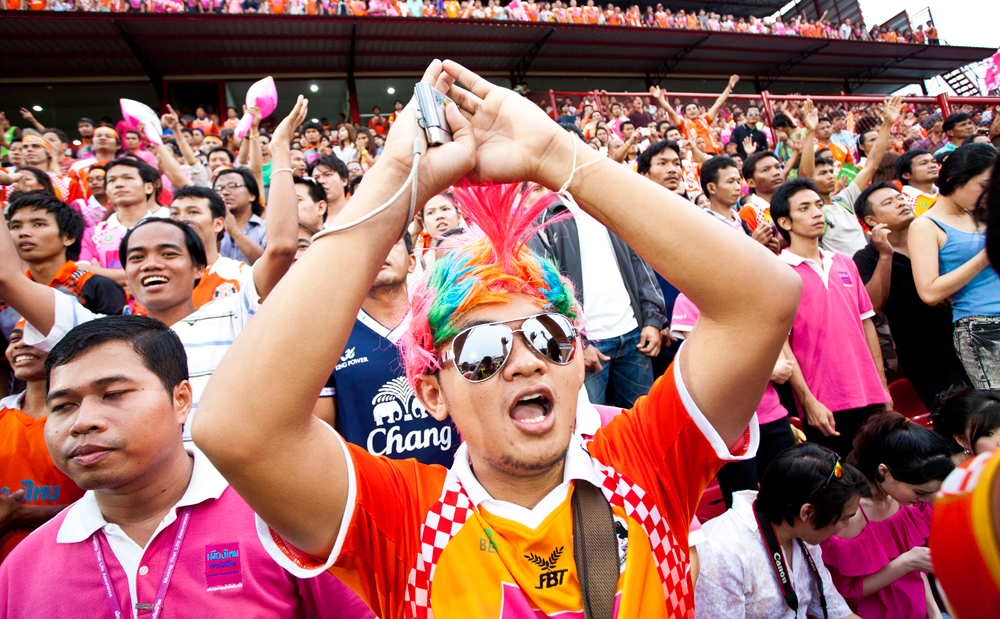
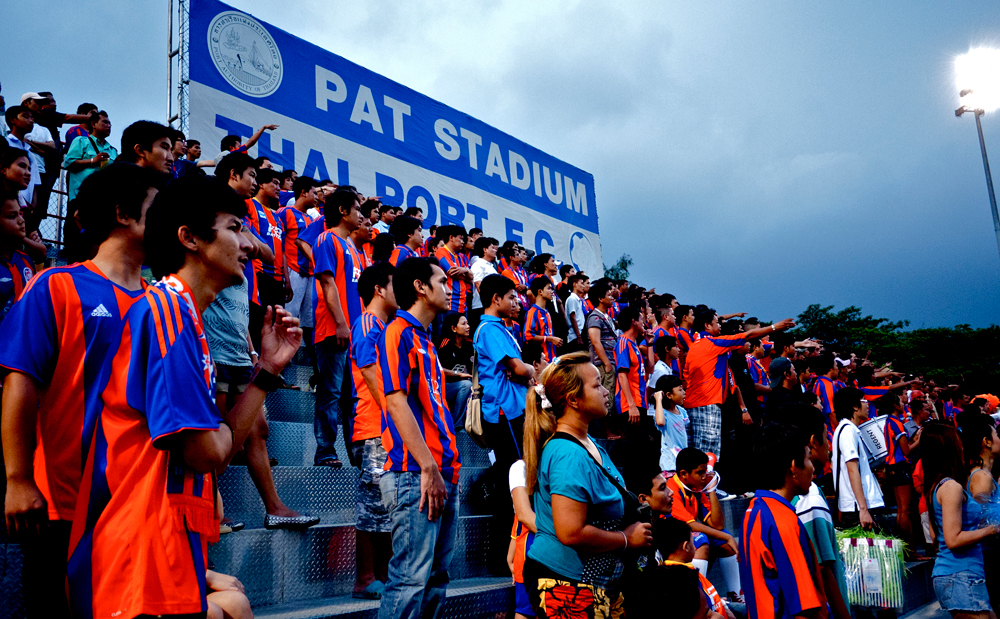

 Age: 19
Age: 19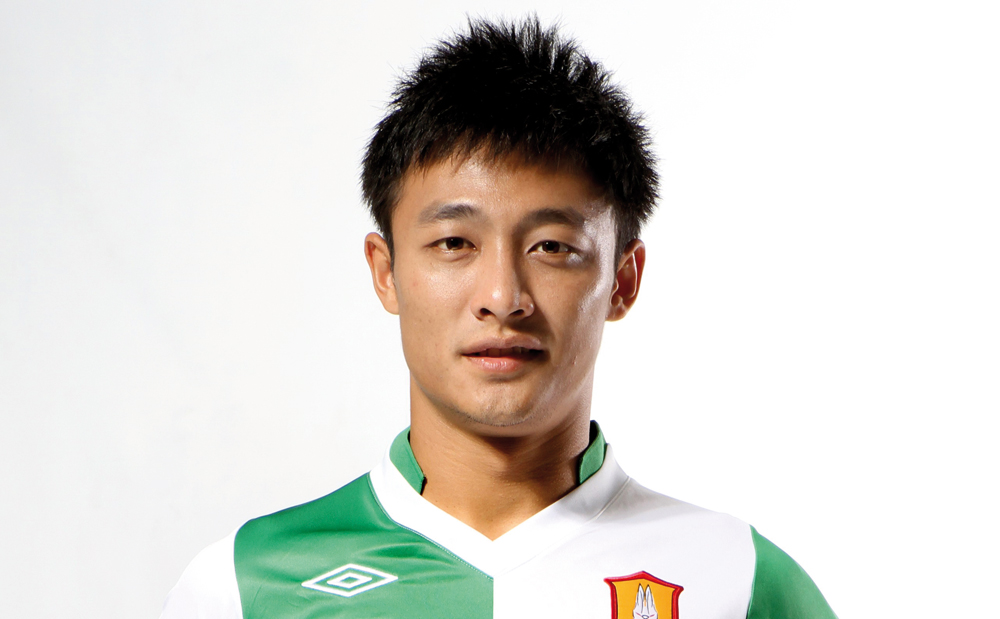 Age: 25
Age: 25 Age: 20
Age: 20

 Many of these places change their available beers on a fairly regular basis or can run out of favorites. Make sure to check their websites or Facebook page for updates.
Many of these places change their available beers on a fairly regular basis or can run out of favorites. Make sure to check their websites or Facebook page for updates.
